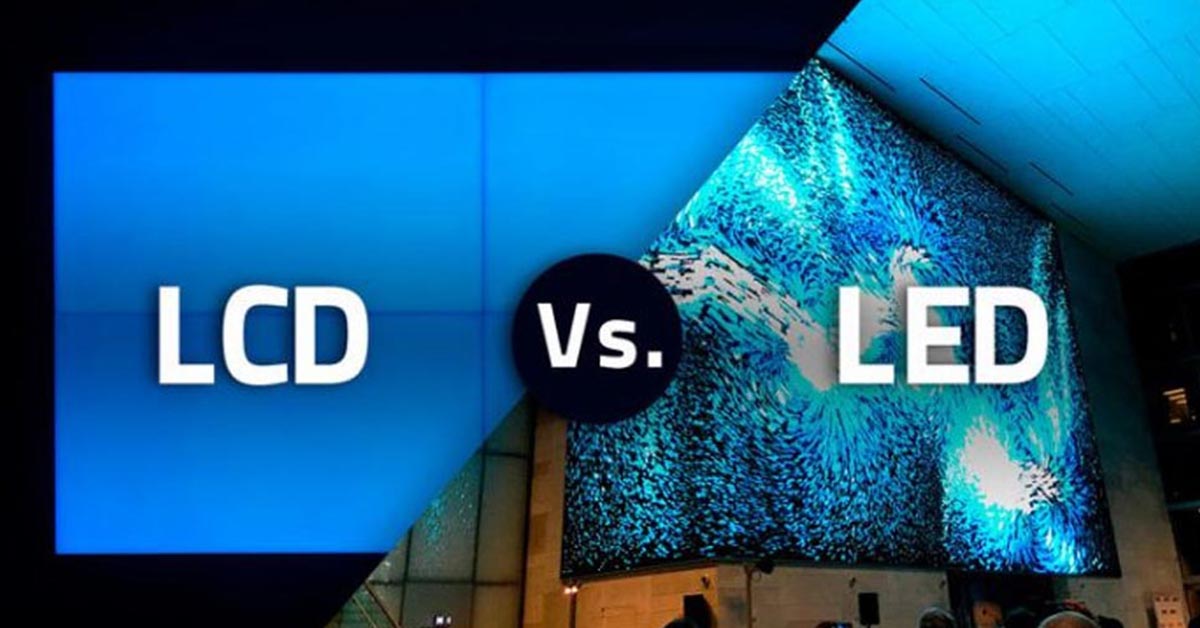

As digital marketing evolves, out-of-home (OOH) advertising remains a powerful tool for reaching diverse audiences. However, navigating the regulatory landscape is crucial for effective and compliant OOH campaigns. This guide provides an overview of the key regulations governing billboards and OOH Displays in West Hollywood.
West Hollywood’s Zoning Ordinance aims to promote public health, safety, and general welfare. It regulates land use and structures within the city, ensuring that all developments align with the West Hollywood General Plan. This alignment ensures orderly growth and high-quality urban design, providing a physical environment that meets the city’s housing, employment, business, recreational, and cultural needs.
Before establishing, constructing, altering, or demolishing any OOH display, it is essential to comply with the Zoning Ordinance’s requirements:
West Hollywood is divided into various zoning districts, each with specific regulations for land use and development for Billboards use:
OOH displays must adhere to the sign standards specified in Chapter 19.34:
For temporary OOH displays, such as those used for special events or seasonal promotions, it is necessary to obtain a Temporary Use Permit (Chapter 19.54). This chapter outlines the application process, review authority, and conditions of approval for temporary uses.
Non-compliance with the Zoning Ordinance can result in enforcement actions, including fines and the removal of non-conforming structures (Chapter 19.80). Ensuring compliance from the outset is crucial to avoid these penalties.
Transparent displays are an innovative addition to out-of-home advertising in West Hollywood, offering a modern way to engage audiences without obstructing views. These cutting-edge displays blend seamlessly into their surroundings, enhancing urban aesthetics while delivering dynamic content. However, like all OOH displays, transparent screens must comply with West Hollywood’s stringent zoning regulations, including permit requirements and specific sign standards. Utilizing transparent displays within the regulatory framework ensures impactful advertising that harmonizes with the city’s high-quality urban design goals.
Navigating the regulations for OOH displays in West Hollywood requires a thorough understanding of the local zoning ordinance. By adhering to these guidelines, businesses can effectively utilize OOH advertising while maintaining compliance with city regulations. For detailed information and assistance with specific cases, consulting the West Hollywood Municipal Code and working with city planning officials is recommended.